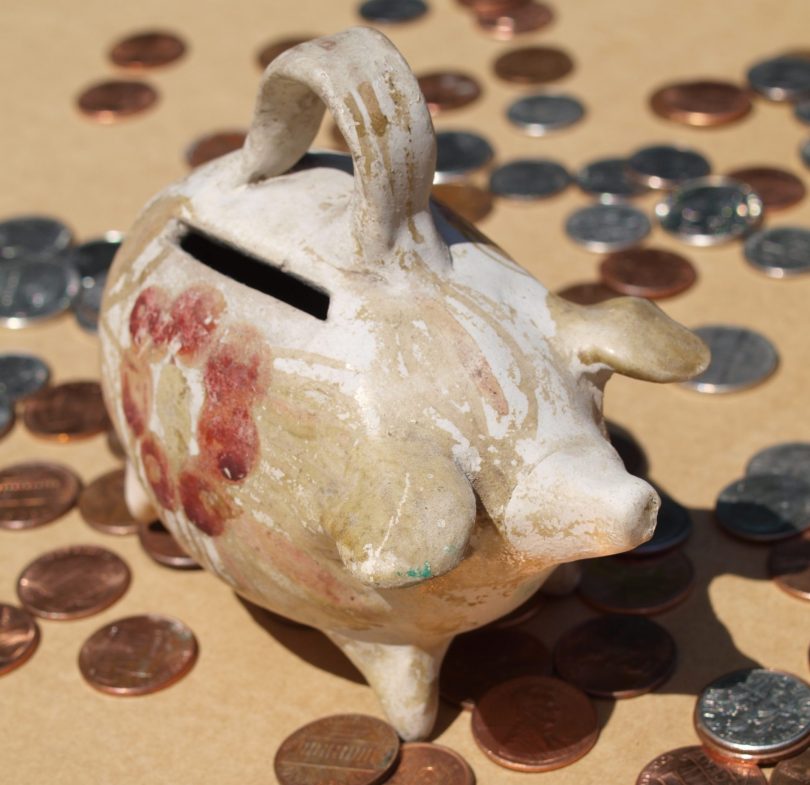Dan Witter reports for Gallup on the horrifying situation facing nearly 100 million Americans forced to choose between their health care and other basic needs. The latest Gallup poll from June 2022 shows that almost four in 10 Americans had to skip or postpone health care, forgo other basic needs, or borrow money to pay for their health care.
The poll data indicate that more than one in four (26 percent) Americans are skipping care or delaying care because of the cost. We already know from prior research that thousands of older adults with Medicare end up dying because they cannot afford the out-of-pocket costs of their heart and other critical medicines. Just a $10.40 copay increase leads them to stop filling their prescriptions.
People with low incomes struggle most to pay for their care. More than half of households with annual incomes below $48,000 had to forgo some basic necessities in order to afford their care. And, 43 percent of adults with annual incomes under $24,000 skipped a medical procedure or did not fill a prescription because of the cost, in the six months preceding the poll.
Wealthy Americans are far from immune from the burden of high health care costs. Nearly one in five households with annual incomes of $180,000 or higher are having to forgo spending on other basic needs to pay for their health care.
Women fare worse than men paying for health care. About 30 percent of women have had to skip or delay health care because of the cost. But, many men are not prepared for these costs either. About 22 percent report struggling with health care costs.
Women, particularly those younger than 50, are disproportionately being compelled to cut back on health care due to its rising costs. Three in 10 women overall (30%) report having done so, compared with 22% of men — and this percentage swells to 36% among women under 50.
Skipping health care often comes in conjunction with people spending less on utilities and food. And 60 percent of people who borrowed money to cover necessities also skipped or delayed health care.
As difficult as it is for people to pay for needed health care, the poll data shows that, right now, people are most worried about the cost of gasoline (43 percent) and food (34 percent). Only 3 percent of respondents put health care at the top of the list.
Of note, Democrats (33 percent) are less concerned than Republicans and Independents (43 percent) about rising health care costs. People of color are more concerned than white adults.
Lastly, people hold little hope that either the federal government or their state government will keep costs down. Nearly six in ten Americans are “not at all confident” their representatives in Congress will help them.
Most Americans are aware that health care costs continue to increase at a rapid rate. At the moment, increases are not as fast as other sectors. But, that is likely based on pre-negotiated rates established for 2023, pre-inflation, and is likely to change.
JAMA reported that drug launch prices are up 20 percent a year in the 13 years between 2008 and 2021. In effect, they are ten times higher!!!
Here’s more from Just Care:










